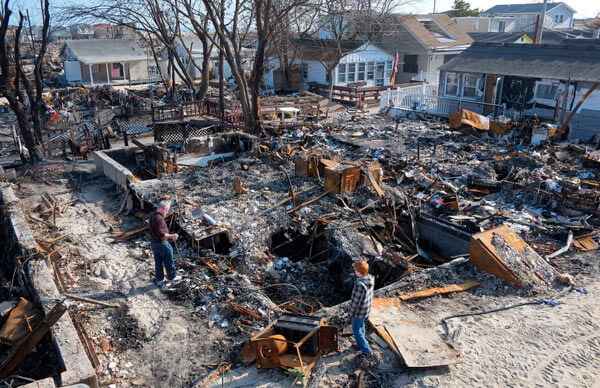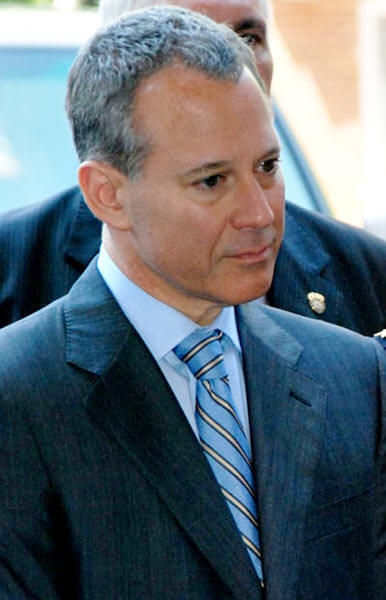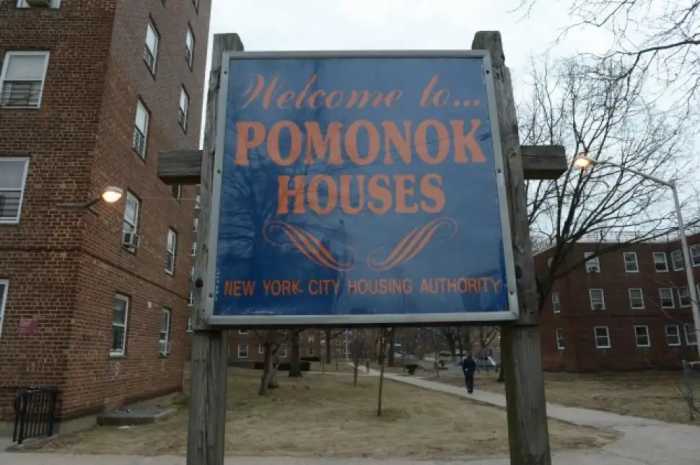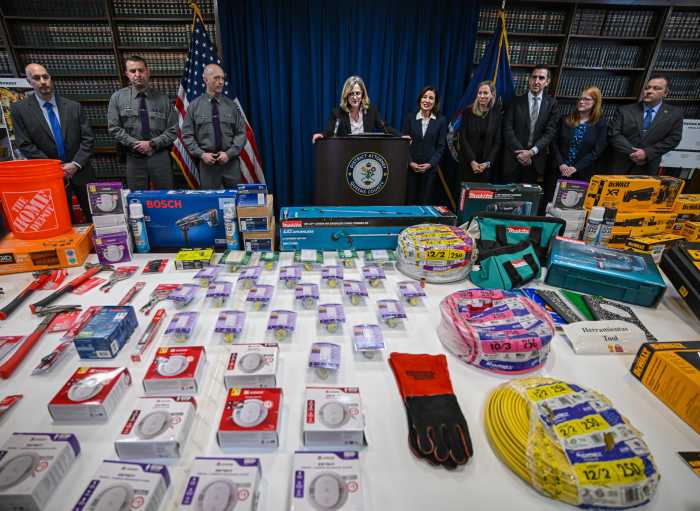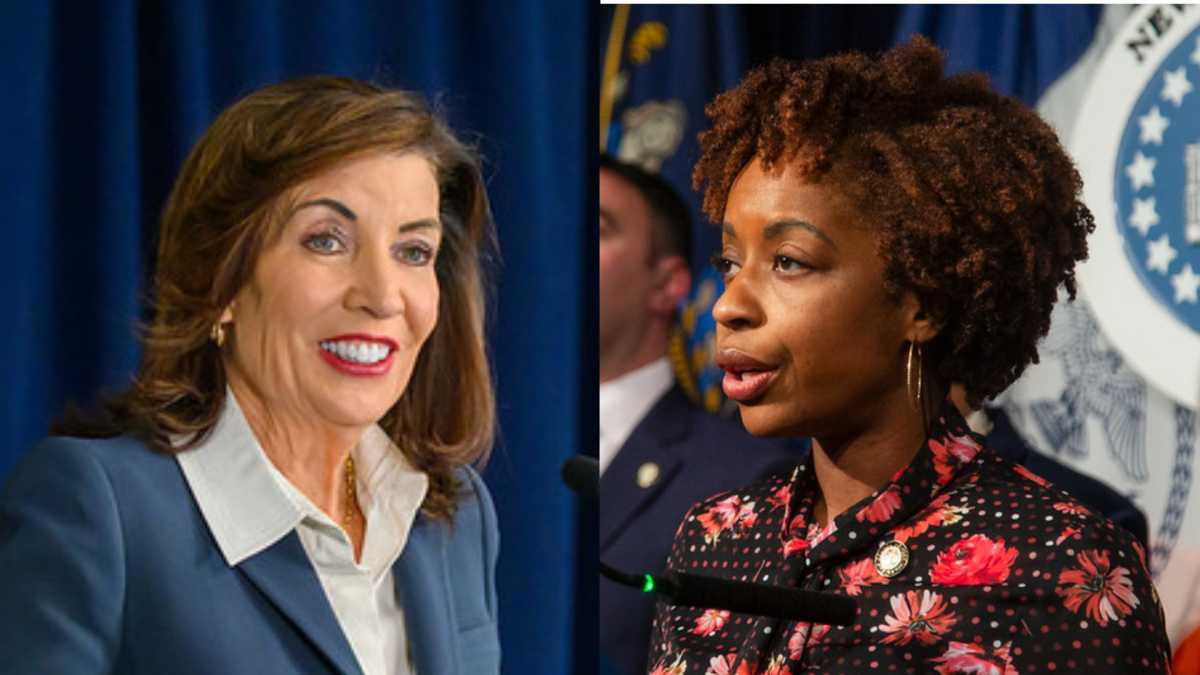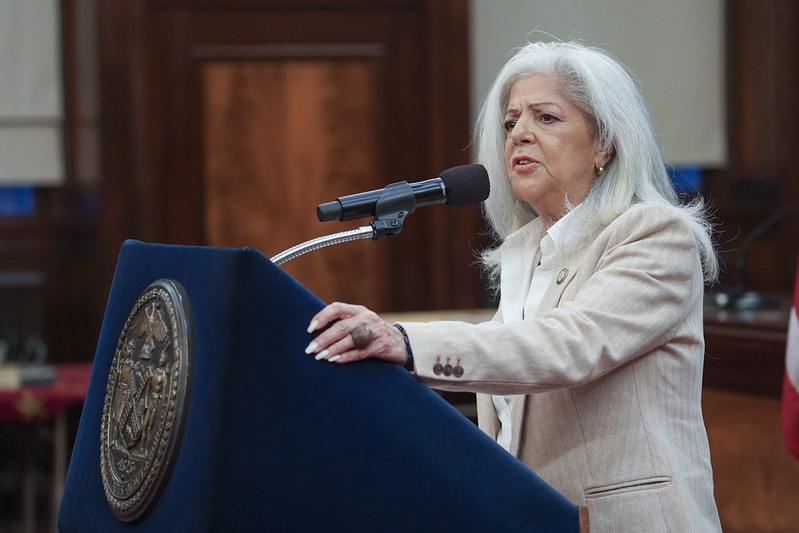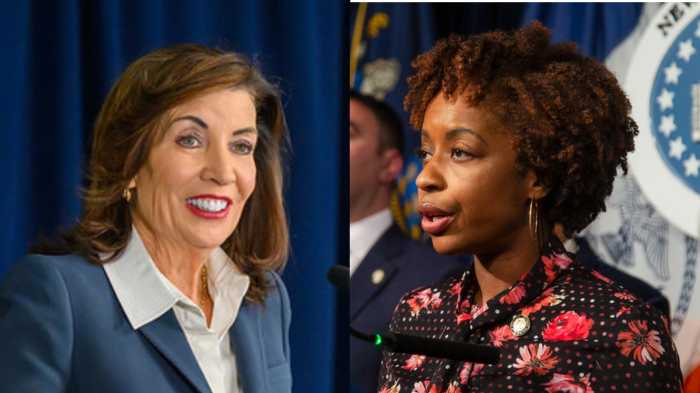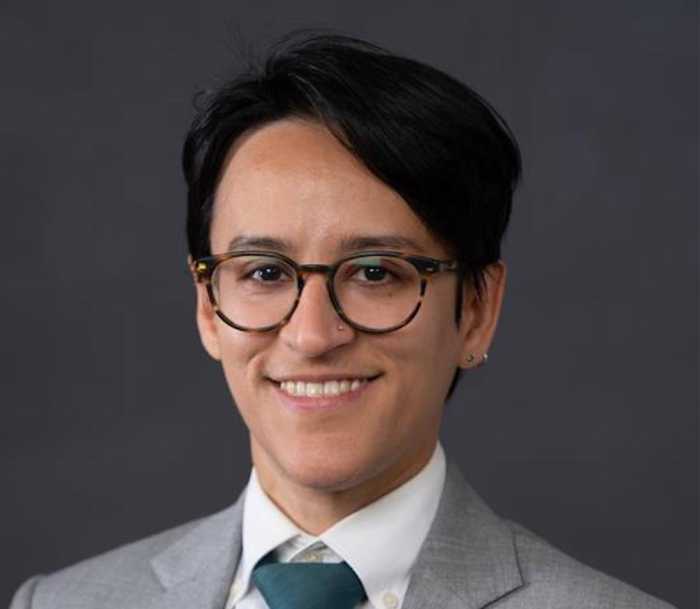By Bianca Fortis
State Attorney General Eric Schneiderman released a report last month that called into question the way charities have handled Sandy relief.
According to the report, about 42 percent — $238 million — of the funds raised were still unspent as of April, raising concerns about why the money has not been given to storm victims who are still in need. About $575 million had been raised altogether.
The report, based on surveys conducted with 89 responding organizations, lists a litany of concerns — among them is that funds have sat unused, that the methods of valuing donated goods were inconsistent and that a few organizations reported using funds raised for Sandy relief for other purposes.
“New Yorkers are resilient and generous people,” Schneiderman said. “As we have done so many times in the past, we got right to work rebuilding. We have a responsibility to the people who donated their hard-earned money to help our community rebuild to make sure that the contributions they made were used as advertised.”
The Top 5 fund-raising organizations are the Red Cross with $307 million raised; the Robin Hood Foundation with about $65 million; The Mayor’s Fund to Advance NYC, which received $57 million; the Salvation Army with $20.5 million; and the Empire State Relief Fund with $14.5 million.
The Red Cross has been the most widely criticized of the Sandy relief groups because at the time of the report it had yet to disburse much of the funding it had received.
But according to the organization’s recently released nine-month update, it has now spent or committed $260 million, or 85 percent, of the total amount received by donors.
Sam Kille, regional communications director of the New York region of the nonprofit, said some of the funds the group has raised will go toward longterm relief programs.
The report also says almost half of the organizations reported giving grants to other organizations.
The grants, which cover a broad range of services, total about $153 million and supported more than 840 organizations, the report said.
The Mayor’s Fund to Advance NYC was one of these. It, along with some other organizations, reported making grants to other groups that, in turn, made grants to small businesses and displaced families, the report said.
As of April, the Fund had raised $58.5 million and had allocated $52.3 million.
According to information provided by Evelyn Erskine, spokeswoman for the Mayor’s Fund, ongoing recovery and rebuilding projects include small business support, mold treatment and resources for public school students who were displaced by the storm.
Direct grants to individuals, families and businesses represented only 7 percent of the funds spent. The organization reporting the largest amount of direct grants is the Empire State Relief Fund, which is managed by the state, with $7.8 million, the report said.
Financial assistance was provided to homeowners through the state’s Housing Trust Fund Corp.
The Robin Hood Foundation, which is also in the Top 5 fund-raisers overall, was the top grant maker, having given out about $68.3 million. The Foundation had pledged $3 million immediately after the storm, before it even began fundraising efforts.
Patty Smith, spokeswoman for the organization, said the Robin Hood Foundation is not set up to disburse funds directly to people.
“We don’t have the manpower or the expertise,” she said. “But we find groups within the communities that are devastated who do a better job identifying needs and getting money to them.”
The organization has already disbursed almost all of the funds it received for Sandy aid. Smith said the organization “wanted to get the money out the door as quickly as possible.”
She said the foundation, in recognizing that there are a variety of approaches to disaster relief, chooses to dole out its funds immediately because there are other organizations that work to provide longterm relief to disaster victims.
One such organization is the Salvation Army, which raised about $20.5 million for Sandy relief, according to the report. Some of the funds raised by the organization are being used to open recovery centers for those in need of longterm help, according to John Berglund, director of Emergency Services. At the centers, storm victims can meet with case managers and develop a longterm plan to help return to a normal life.
One opened in Island Park earlier this month, off the coast of Long Island, although anyone in need can access the center, Berglund said. There is a second center planned for the Rockaways, which he expects to open in August. A third will open later on Staten Island.
“All of it is funded by Sandy relief funds,” Berglund said. “There’s no money in our operating budget for recovery relief.”
Berglund said the Salvation Army has plans to stay working in the areas affected by Sandy until June 2015.
“Recovery is about patience,” he said. “It takes a very long time for all the right reasons.”
The Empire State Relief Fund did not return repeated calls for comment.
Reach reporter Bianca Fortis by email at bfortis@cnglocal.com or by phone at 718-260-4546.

